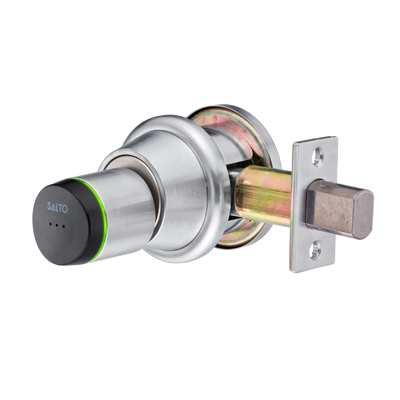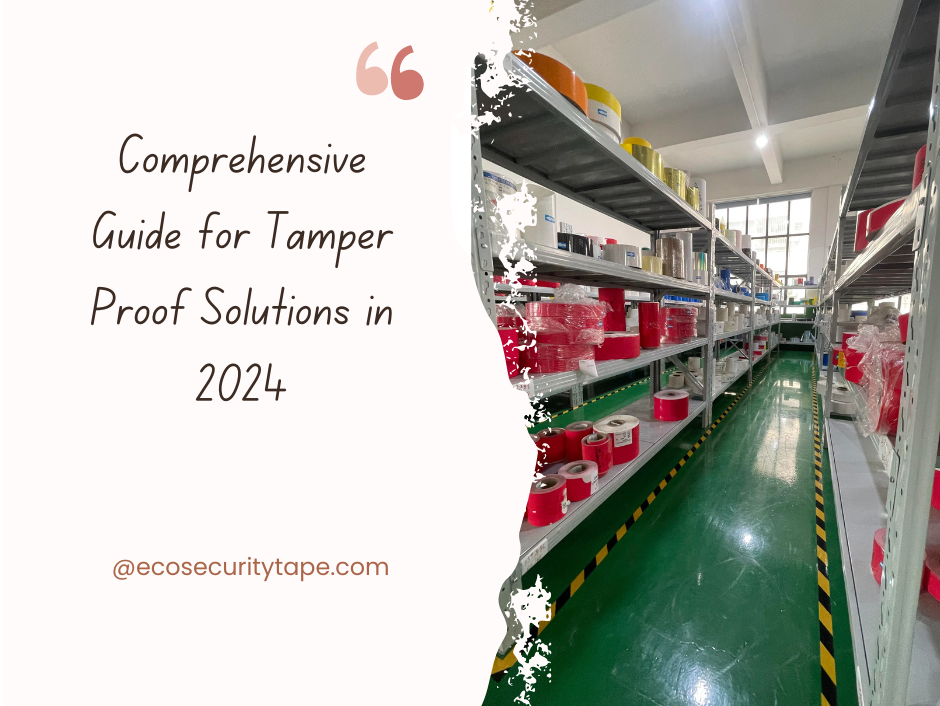How Leading Access Control Systems Manufacturers Are Changing Security Equipment
Discovering the Function of Accessibility Control Systems in Enhancing Safety Equipment Efficiency and Performance
Gain access to control systems are significantly recognized as necessary components in the landscape of safety and security monitoring, providing a structured strategy to regulate access to delicate locations and information. Their ability to incorporate with numerous security innovations, such as monitoring electronic cameras and alarm, substantially boosts the total effectiveness and efficiency of safety procedures. Nonetheless, as organizations navigate the complexities of implementation and administration, different obstacles emerge that warrant factor to consider. What ramifications do these difficulties hold for the future of safety methods and modern technologies?
Comprehending Accessibility Control Solution
Access control systems play a vital function in ensuring the safety of different atmospheres, from company workplaces to sensitive government centers. These systems control who can get in or exit a designated location, thus protecting properties and sensitive details. The essential components of accessibility control systems include authentication, recognition, and permission processes.
Identification entails confirming a person's identity, commonly with qualifications such as key cards, biometric data, or passwords. Once determined, verification confirms the person's right to access, commonly with multi-factor verification techniques to boost safety and security. Last but not least, authorization establishes the degree of access approved, permitting for distinguished authorizations based upon roles within the organization.
Access control systems can be categorized into two primary kinds: physical and logical. Physical accessibility control pertains to tangible locations, while rational gain access to control regulates electronic details systems. Both kinds function synergistically to give comprehensive security solutions.
Combination With Safety And Security Technologies
The combination of access control systems with other protection modern technologies is necessary for producing an alternative safety and security environment. By incorporating accessibility control with video surveillance, breach discovery, and security system, organizations can boost their general safety and security posture. This interconnected structure permits real-time monitoring and quick action to security cases, enhancing situational awareness and functional effectiveness.
For instance, incorporating access control with video clip monitoring enables safety personnel to validate gain access to occasions visually, making certain that only authorized individuals are granted entrance. When gain access to control systems are linked to alarm system systems, any unapproved accessibility attempts can cause immediate informs, prompting quick activity.
Moreover, the combination of accessibility control with cybersecurity steps is progressively essential in safeguarding physical assets and delicate information. By straightening physical safety and security procedures with IT protection systems, companies can guarantee that both physical and electronic accessibility factors are monitored and controlled successfully.
Advantages of Boosted Protection Operations

In addition, boosted safety operations help with real-time monitoring and incident response. With incorporated systems that include monitoring video cameras, alarms, and accessibility controls, protection groups can swiftly identify and resolve prospective risks. This proactive strategy permits for timely interventions, lowering the chance of protection breaches and potential losses.
In addition, effective security procedures add to a society of security within the organization. Staff members are likely to really feel even more secure when they recognize that durable actions remain in location, leading to raised morale and performance. Moreover, making use of information analytics from gain access to control systems makes it possible for organizations to assess safety trends, improve policies, and designate sources efficiently.
Considerations and obstacles

Furthermore, companies my explanation have to deal with the capacity for information violations. Accessibility control systems frequently manage delicate details, and any kind of vulnerabilities could expose this data to unauthorized gain access to. security equipment suppliers. Ensuring robust cybersecurity measures is vital to secure versus such dangers
Individual training is one more important factor to consider. Staff members have to recognize just how to make use of accessibility control systems successfully, as inappropriate use can cause safety spaces. Organizations have to stabilize safety with individual convenience; excessively limiting accessibility can prevent efficiency and lead to workarounds that jeopardize protection procedures.
Compliance with legal and regulatory demands is also extremely important. Organizations must make certain that their gain access to control systems meet industry criteria and regional laws, which can differ considerably. The recurring maintenance and monitoring of these systems require specialized resources, making it vital for organizations to designate appropriate budget plans and employees to guarantee lasting effectiveness and effectiveness.

Future Fads in Access Control
Preparing for the future of access control exposes a landscape significantly shaped by technological innovations and developing protection needs. One considerable fad is the integration of expert system (AI) and machine knowing, which continue reading this improve decision-making capacities and automate threat detection. These innovations permit real-time analysis of access patterns, allowing even more flexible and receptive security steps.
Biometric verification is additionally obtaining grip, with advancements in fingerprint, facial recognition, and iris scanning innovations using improved protection and customer ease. As these systems become more cost effective and innovative, their fostering throughout numerous markets is anticipated to increase.
One more emerging trend is the change in the direction of cloud-based accessibility control systems. These remedies give scalability, remote monitoring, and central data storage, allowing companies to enhance and simplify operations efficiency.
Moreover, the Internet of Things (IoT) is set to change accessibility control by making it possible for interconnected tools to connect and share information, thus boosting situational recognition and safety responsiveness.
Final Thought
Finally, access control systems dramatically improve the performance and efficiency of safety and security equipment by promoting specific identification, authentication, and consent processes (access control systems manufacturers). Their integration with security and alarm systems cultivates a positive security atmosphere that addresses possible breaches in real-time. While factors to consider and challenges exist, the continuous evolution of gain access to control technologies guarantees blog to more enhance protection operations. Inevitably, these systems are integral to securing delicate areas and info within companies, guaranteeing a durable safety and security structure.
Access control systems are progressively acknowledged as necessary parts in the landscape of security management, providing a structured method to control access to sensitive areas and info. Physical gain access to control pertains to concrete places, while rational gain access to control governs digital information systems.The integration of access control systems with other security technologies is essential for creating a holistic security setting. Accessibility control systems commonly manage delicate info, and any vulnerabilities can reveal this information to unauthorized gain access to. Organizations must stabilize protection with individual benefit; overly limiting gain access to can impede efficiency and lead to workarounds that compromise protection methods.